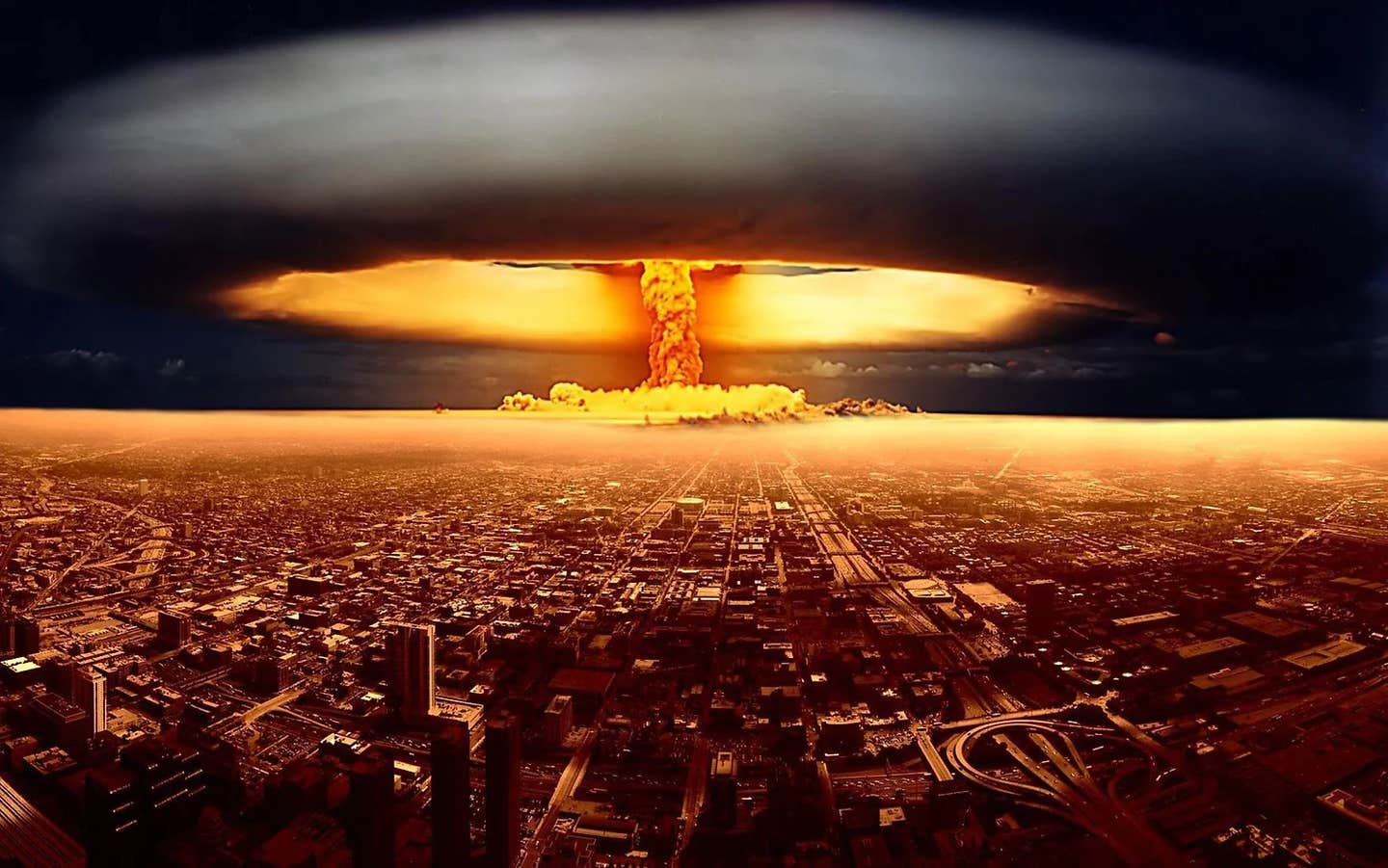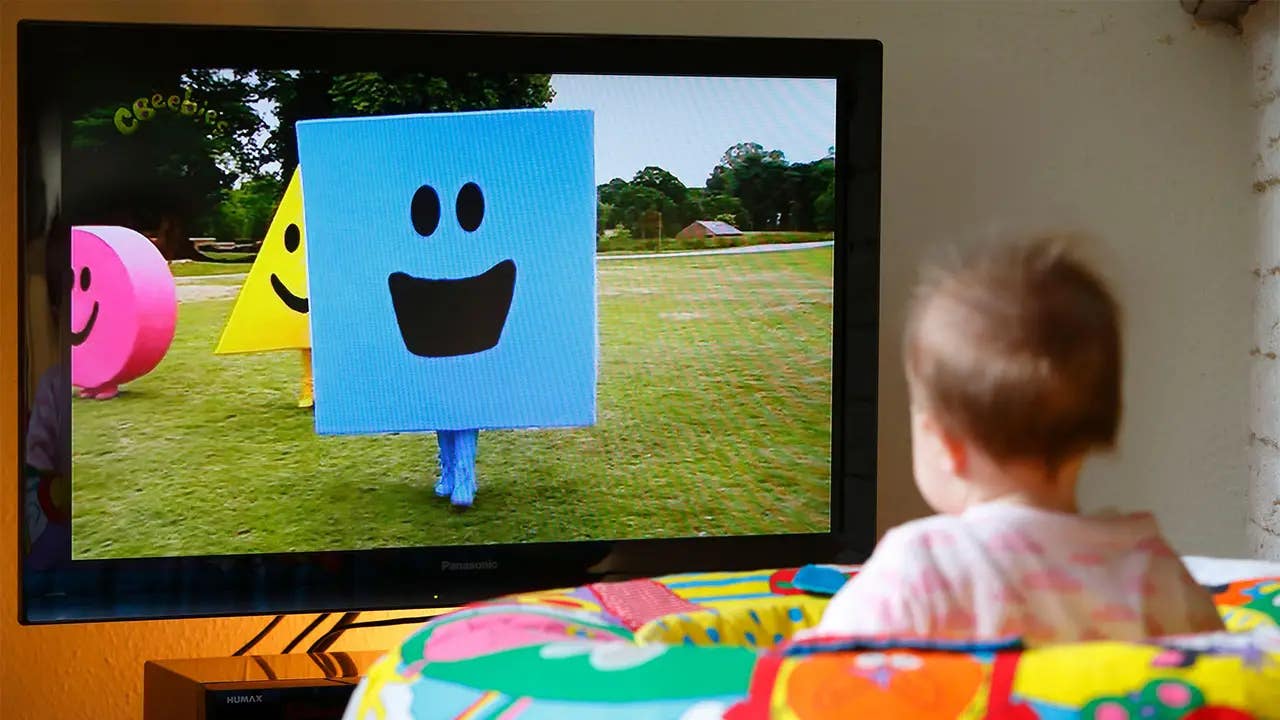This is the best place to shelter from a nuclear bomb explosion
The study simulated the effects of an atomic bomb explosion from a typical intercontinental ballistic missile and the subsequent blast wave

There is no good place to be when a nuclear bomb goes off. Anything too close is instantly vaporized. (CREDIT: Creative Commons)
In a world fraught with geopolitical tensions and the looming specter of nuclear warfare, understanding the consequences of a nuclear detonation has become a matter of paramount importance. When a nuclear bomb goes off, the devastation it wreaks is unimaginable.
Anything in close proximity is instantly vaporized, while radiation can pose a grave threat even at a distance. However, for those who find themselves between these extremes, there is another peril to contend with—the blast wave generated by the explosion, capable of producing airspeeds powerful enough to lift individuals into the air and cause severe injury.
This article delves into the intricacies of the impact of a nuclear blast, highlighting the findings of a groundbreaking study conducted by researchers from the University of Nicosia.
Their investigation simulated the effects of an atomic bomb explosion from a typical intercontinental ballistic missile and the subsequent blast wave on individuals seeking shelter indoors. The aim was to shed light on the risks faced by those inside seemingly sturdy structures, particularly within the moderate damage zone (MDZ).
The aftermath of a nuclear detonation is characterized by a trifecta of devastation: shock waves, thermal radiation, and ionizing radiation. These elements combine to wreak havoc on an unimaginable scale, with radioactive fallout lingering for years.
Related Stories
The shock waves, primarily responsible for causing destruction, result from rapid changes in air pressure. These waves can obliterate people, trees, and man-made structures in their path.
The magnitude of the explosion determines the extent of the destruction, with the burst height playing a crucial role. Air bursts result in higher overpressures at longer distances, while surface explosions produce higher overpressures at closer distances. A key threshold is the 20 pounds per square inch (psi) mark, where heavy concrete buildings may be partially or entirely demolished.
At 10 psi, fatalities are imminent, and severe damage occurs. The danger persists at 5 psi, leading to widespread injuries and fatalities, along with significant structural damage. Even at greater distances, such as 3 psi, overpressure can result in severe human injuries and the destruction of smaller structures. For overpressures below 5 psi, individuals outdoors face the absolute risk of severe injury or death, thanks to the combined impact of blast waves, debris, radiation, and nuclear fallout.
While estimating the various effects of a nuclear blast at different distances is complex, previous studies and engineering projections offer a general assessment. Survivability increases as one moves away from the epicenter of the detonation. In particular, the moderate damage zone (MDZ) holds promise for reducing severe injuries, especially for people within concrete buildings.
However, the primary threat to human survivability in indoor spaces within the MDZ arises from extreme high-speed winds that penetrate through openings in the building, such as windows. Shock waves can also interact with indoor walls, deflecting around corners, doors, and obstacles. These interactions may lead to higher pressures due to channeling effects, thereby increasing the risk of injury.
The multiparametric nature of the problem, influenced by various obstacles and architectural layouts, makes it challenging to predict specific outcomes. Nevertheless, valuable insights can be gleaned from the induced forces, aiding efforts to minimize the impact of blast waves. Studies suggest that, within the far-field overpressures below 5 psi resulting from a nuclear explosion, the positioning of individuals within a building can significantly affect injury rates.
750 kT Atomic Warhead: A Catastrophic Scenario
In their study, the University of Nicosia researchers tackled an extreme scenario involving a 750 kT atomic warhead. While such a scenario may seem unthinkable, the existence of such warheads and escalating geopolitical tensions necessitates attention. The researchers aimed to use rigorous scientific simulations to alert the world to the potential consequences of such an event, particularly within the MDZ.
Their study, published in Physics of Fluids by AIP Publishing, involved simulating an atomic bomb explosion from a typical intercontinental ballistic missile and assessing the resulting blast wave's impact on individuals taking refuge indoors.
Moderate Damage Zone: Not Always Safe
The study's findings revealed that within the moderate damage zone, some buildings could topple, and people caught outdoors could sustain injuries. However, more robust structures, such as those reinforced with concrete, had a better chance of remaining standing.
To conduct their research, the team employed advanced computer modeling to analyze how a nuclear blast wave traverses a standing structure. Their simulation included rooms, windows, doorways, and corridors, enabling them to calculate airspeeds following the blast wave and identify the safest and most perilous locations.
Dimitris Drikakis, one of the study's authors, noted, "Before our study, the danger to people inside a concrete-reinforced building that withstands the blast wave was unclear. Our study shows that high airspeeds remain a considerable hazard and can still result in severe injuries or even fatalities."
The study's results underscored that merely being within a robust building does not guarantee safety. The confined spaces inside such structures can exacerbate airspeed, and the blast wave can cause air to ricochet off walls and bend around corners. In the most severe cases, this can exert a force equivalent to 18 times a person's body weight.
Ioannis Kokkinakis, another author of the study, emphasized, "The most dangerous critical indoor locations to avoid are the windows, the corridors, and the doors. People should stay away from these locations and immediately take shelter. Even in the front room facing the explosion, one can be safe from the high airspeeds if positioned at the corners of the wall facing the blast."
The time between a nuclear explosion and the arrival of the blast wave is just a few seconds, making swift action imperative. Alongside the danger posed by high-speed winds, individuals must contend with increased radiation levels, unsafe buildings, damaged power and gas lines, and fires. Seeking immediate emergency assistance is essential.
While the researchers hope that their findings will never need to be put into practice, they believe that understanding the consequences of a nuclear explosion can contribute to injury prevention and guide rescue efforts.
In a world where the unthinkable remains a real possibility, the knowledge gained from studies like this one may one day prove invaluable in mitigating the catastrophic effects of nuclear warfare.
The article "Nuclear explosion impact on humans indoors" is authored by Ioannis William Kokkinakis and Dimitris Drikakis.
Note: Materials provided above by The Brighter Side of News. Content may be edited for style and length.
Like these kind of feel good stories? Get The Brighter Side of News' newsletter.
Joseph Shavit
Head Science News Writer | Communicating Innovation & Discovery
Based in Los Angeles, Joseph Shavit is an accomplished science journalist, head science news writer and co-founder at The Brighter Side of News, where he translates cutting-edge discoveries into compelling stories for a broad audience. With a strong background spanning science, business, product management, media leadership, and entrepreneurship, Joseph brings a unique perspective to science communication. His expertise allows him to uncover the intersection of technological advancements and market potential, shedding light on how groundbreaking research evolves into transformative products and industries.



